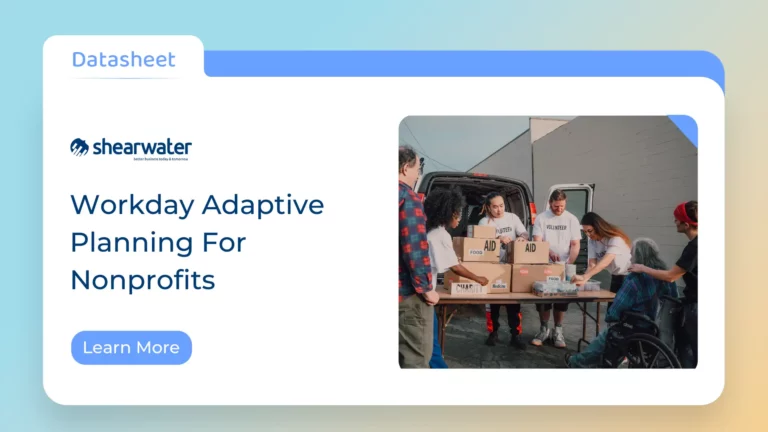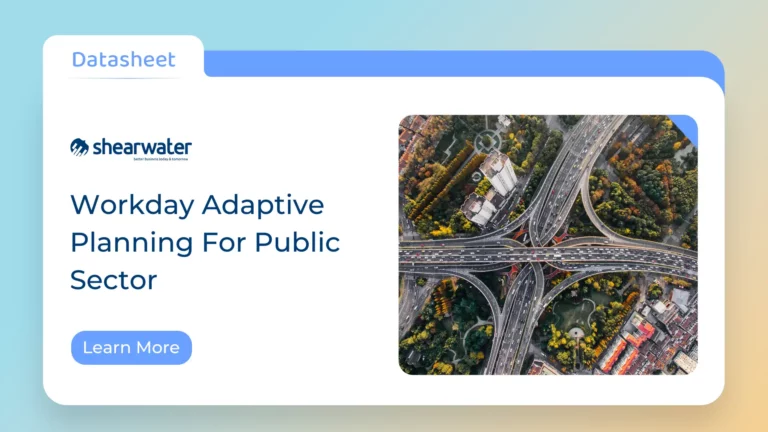How the New US Tariffs Will Pressure Cost Planning and What Finance Teams Should Do Now

The United States is rearming its tariff playbook. In 2025, sweeping changes to trade policy are underway, with new tariffs targeting a range of imports, from electric vehicles and semiconductors to strategic materials like steel and aluminium. The average tariff…











